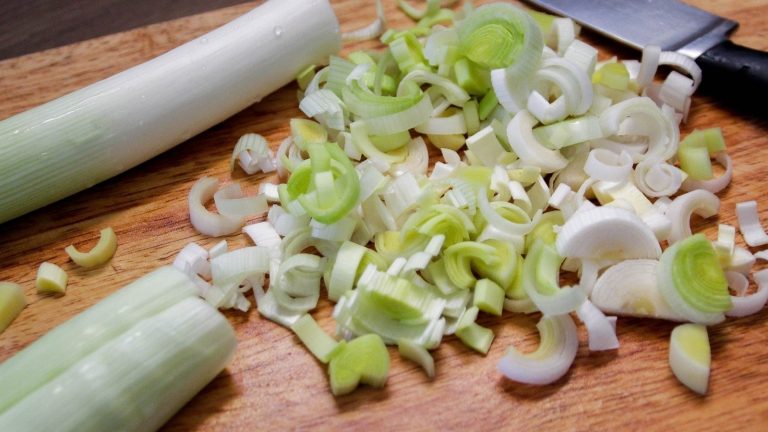You may think basil is the star when you make homemade pesto, but don’t make the mistake of overlooking the nuts. Like many classic Italian recipes, pesto is a masterclass in the use of simple fresh ingredients. The original pesto alla Genovese is made with just five ingredients: basil, olive oil, grated cheese like Parmigiano-Reggiano, salt, and pine nuts. On top of that, pesto isn’t even cooked. That means 90% of the flavor of your pesto is going to come from the quality of the ingredients you use. Fresh basil is obvious, true aged Italian cheese is a must, and most home cooks understand the difference a high-quality extra virgin olive oil can make in cooking. But how many people think about the nuts they are crushing into their pesto? To help us understand this, we reached out to an expert, Joe Isidori, a Michelin-starred chef and the restaurateur of Arthur & Sons, to ask just how much the nuts in pesto really matter.
Isidori was very clear, telling us, “The quality of the nuts makes a big difference — don’t sleep on that.” He does say you should feel free to use walnuts or pistachios in place of pine nuts, but he warns, “Whatever you use, those natural oils they release when blended are what give pesto its body and mouthfeel. If the nuts are stale, your pesto’s going to taste off.”
Old nuts will impart bitter or rancid flavors to homemade pesto
What should you look out for with your nuts when making pesto? Isidori says, “You want nuts that are fresh and stored properly, not ones that have been sitting on the shelf going rancid.” Nuts used in pesto, like pine nuts or walnuts, have a high oil content, which means they can spoil quicker than you realize, especially if you keep them at room temperature. Nuts should always be kept in airtight containers in a cool, dry place, and they can last even longer if kept refrigerated. Higher-fat pine nuts and walnuts will only last a month or two stored in your pantry before starting to go rancid, while pistachios will last up to six. In the fridge, you can double the shelf life of those nuts, but for the traditional pine nuts, that still means sticking with fresher nuts that are less than two months old.
No matter how long your nuts have been stored, the best guide to finding out if they are rancid is your senses. Isidori recommends, “Always taste your ingredients first — if the nut tastes bitter, your pesto will too.” You can also tell by the smell and texture. Rancid nuts will start to develop sour smells, and they will be softer than fresh, crunchy nuts. That may not bother you much, just snacking on them, but if you want the pesto you use to be great, quality really counts.






